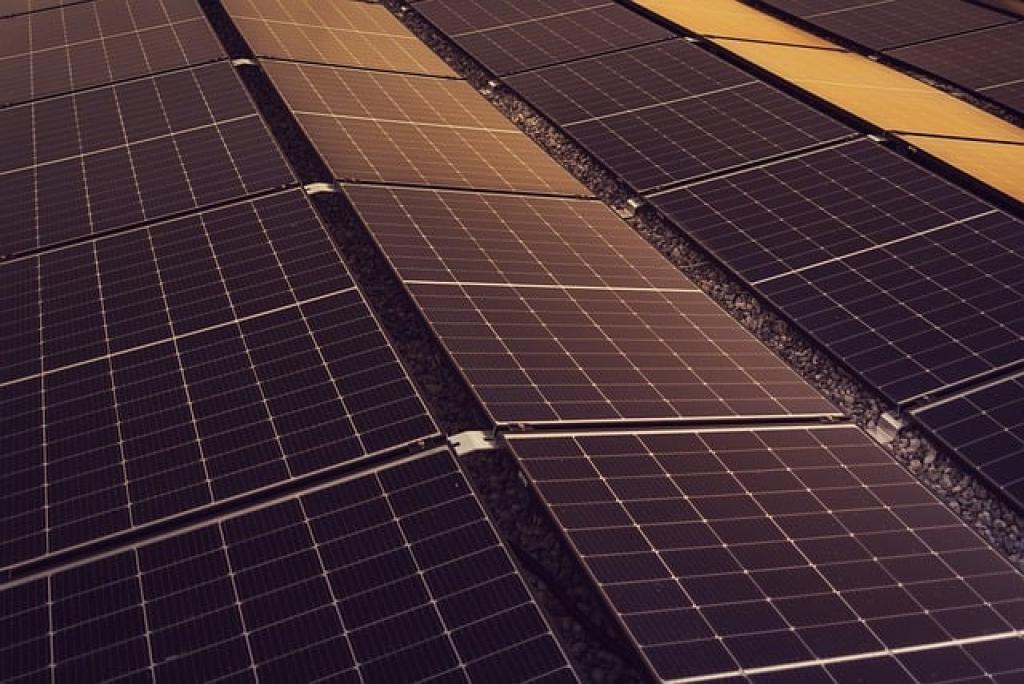In an era where technology meets adventure, solar-powered backpacks have emerged as a compelling gadget for outdoor enthusiasts and emergency preppers alike. Whether you’re trekking through remote landscapes or facing an unexpected power outage at home, having access to renewable energy on the go seems like a game changer.
But how reliable are these innovative backpacks in critical situations? With solar technology still evolving, many wonder if these backpacks can truly hold up during moments when dependability is a non-negotiable.
Let’s delve into the world of solar-powered backpacks and explore if they are reliable companions when traditional power sources fail. We’ll examine their strengths, limitations, and real-world performance to determine if they’re a worthwhile investment for emergencies.
Benefits of Using Solar-Powered Backpacks in Emergencies
Solar-powered backpacks come packed with benefits that can be incredibly useful during emergencies. First and foremost, they provide a renewable energy source when conventional power is inaccessible. Harnessing solar energy means you can keep essential devices like phones, radios, or GPS units charged and operational without relying on dwindling batteries or external power supplies.
Their portability is another major advantage. Designed to be worn comfortably, these backpacks allow for hands-free movement, making them ideal for situations where mobility and multitasking are key. Whether you’re evacuating an area or simply traversing difficult terrain, having a reliable power source strapped to your back offers peace of mind.
Alongside this, solar-powered backpacks are designed with modern adventurers in mind, often featuring durable materials that withstand various weather conditions. This robustness can be critical during challenging situations, ensuring that your pack—and its power-generating capabilities—endure through rain, snow, or intense sunlight.
Finally, many backpacks come equipped with USB ports and multiple charging options, allowing you to power up diverse devices simultaneously. In an emergency, this flexibility can save precious time, enabling you to stay connected, informed, and prepared for whatever comes next.

Features to Look for in a Reliable Solar-Powered Backpack
When searching for a solar-powered backpack that won’t let you down in an emergency, there are key features to consider.
First, check the solar panel’s efficiency. High-efficiency panels will convert sunlight into power more effectively and can keep your devices charged even on cloudy days. Look for quality monocrystalline panels that offer better performance than polycrystalline alternatives.
Battery capacity is another critical factor. A larger built-in battery will store more energy, providing a reliable reserve when sunlight is scarce. This can be invaluable in emergencies when power needs might exceed what direct sunlight alone can provide.
Durability also matters. Opt for backpacks made from robust, water-resistant materials to ensure they withstand harsh conditions. Reinforced seams and strong zippers are also a plus, as they can handle rugged environments.
Consider functionality, too. A backpack with multiple compartments helps keep gear organized, while padded straps enhance comfort for long periods of wear. Built-in safety features, like reflective strips, can increase visibility in low-light conditions, adding an extra layer of security during emergencies.
Finally, ensure compatibility with various devices through multiple charging ports, which adds versatility in unpredictable scenarios.
Real-Life Scenarios: How Solar-Powered Backpacks Have Helped in Emergencies
Solar-powered backpacks have proven to be lifesavers in numerous real-life emergency situations. Take hikers caught in remote locations without cell service, for example. In such scenarios, these backpacks have provided the necessary power to keep satellite phones and emergency beacons operational, ensuring help was just a call away.
Natural disasters, like hurricanes or wildfires, often leave people without electricity for days. In these instances, solar-powered backpacks enable families to charge their devices, maintaining access to critical information and communication with the outside world when traditional power grids are down.
For adventurers venturing into the wilderness, encountering unexpected equipment failure, like a GPS running out of juice, can pose serious risks. Here, solar backpacks have offered a viable solution, powering crucial navigation devices and allowing safe navigation back to civilization.
Additionally, think about international travelers navigating regions with limited access to electricity. In such cases, solar-powered backpacks provide a dependable power source, keeping essential electronics charged and facilitating contact with loved ones or authorities when needed.
These real-world examples highlight the practical value of solar-powered backpacks, showcasing their potential to make a significant impact when it truly counts.
Factors Affecting the Reliability of Solar-Powered Backpacks in Emergency Situations
While solar-powered backpacks offer significant advantages, several factors can affect their reliability during emergencies. Weather conditions play a crucial role; overcast or rainy days can dramatically decrease solar panel efficiency, reducing the energy harvested and stored. This can limit the availability of power when it is needed most.
The quality of the solar cells is another critical aspect. Lower-grade panels may degrade faster, reducing output over time and making the backpack less dependable. Investing in a backpack with durable, high-quality panels is essential for long-term reliability.
Battery Storage
The capacity of the backpack’s built-in battery directly impacts its usefulness during power outages. A small or inefficient battery won’t hold enough charge to sustain multiple devices. Additionally, if the battery is not well-protected or is prone to overheating, it might fail when you need it the most.
Adequate device compatibility is also important for usability in diverse emergencies. A backpack supporting only specific devices can be limiting, so ensuring it is equipped with versatile charging options will assure broader capability.
Finally, maintenance can influence reliability. Panels covered in dust or dirt will absorb less sunlight, so periodic cleaning and upkeep are vital to maintain optimal performance. Being aware of these factors can enhance the confidence level in relying on solar-powered backpacks during emergencies.
Conclusion: Making an Informed Decision on Using Solar-Powered Backpacks for Emergencies
In considering solar-powered backpacks for emergencies, it’s clear they offer numerous benefits, from providing renewable energy on the go to enabling critical device charging when traditional power sources are unavailable. Their portability and versatility make them a valuable tool for both adventurers and those preparing for unforeseen situations.
However, in making an informed decision, taking into account various factors that affect their reliability is crucial. Weather conditions, the quality of components, and battery capacity can all impact their performance. By selecting high-quality backpacks with efficient solar panels and adequate battery storage, you can maximize their effectiveness.
And another thing to keep in mind is that, real-life success stories have demonstrated their potential in emergency scenarios, offering reassurance of their practicality. They’ve empowered people to stay connected with loved ones, access vital information, and navigate safely through challenging environments.
Ultimately, as with any emergency preparedness tool, weighing the pros and cons is essential. While solar-powered backpacks provide an impressive array of features, ensuring they align with your specific needs and the environments you plan to encounter will dictate their true readiness for emergencies.
Before making a purchase, consider real-life conditions you might face and the devices you’ll rely on most. In doing so, you can confidently decide if a solar-powered backpack is the right addition to your emergency kit. When equipped with the right knowledge, you can embrace these innovative tools and enhance your preparedness for whatever life throws your way.









